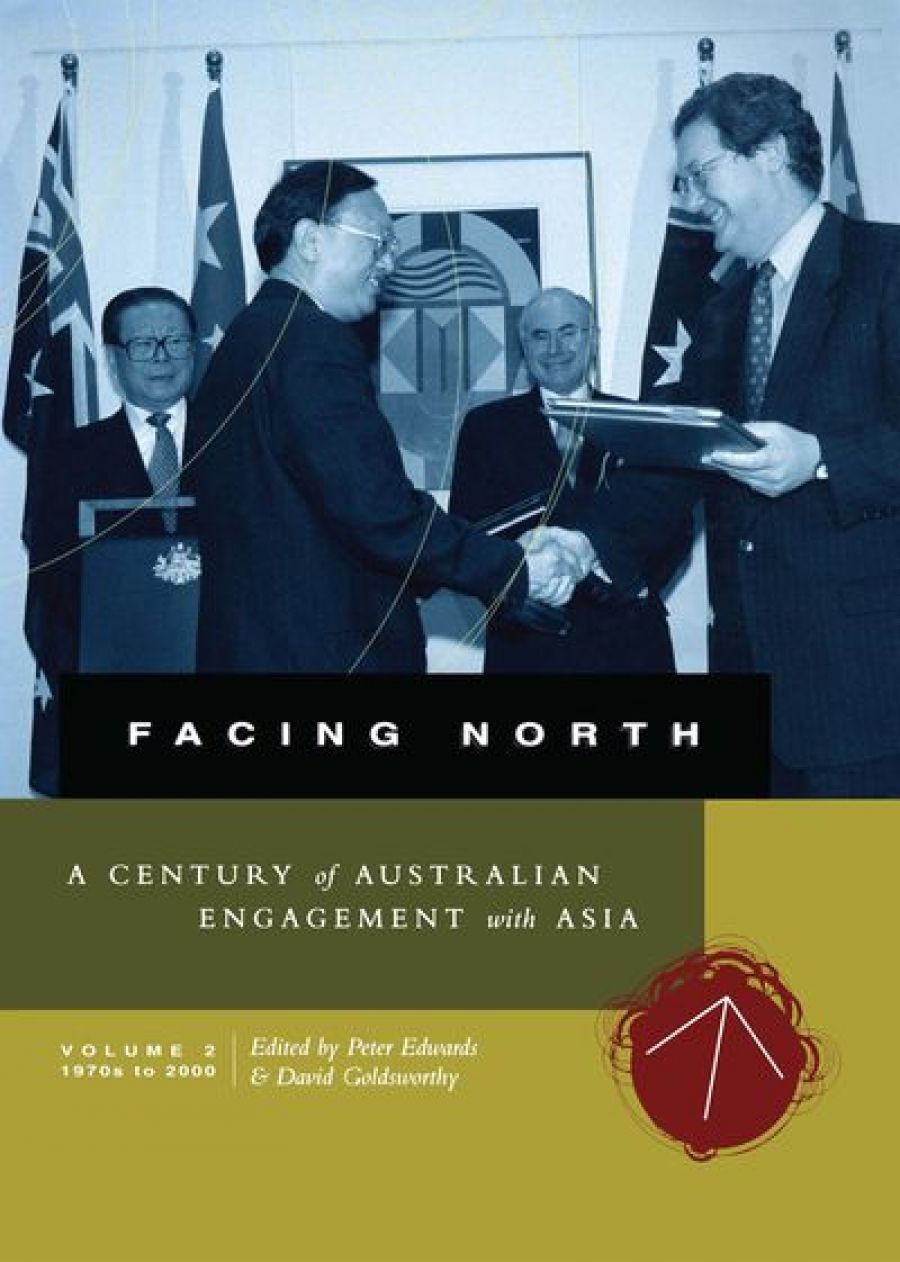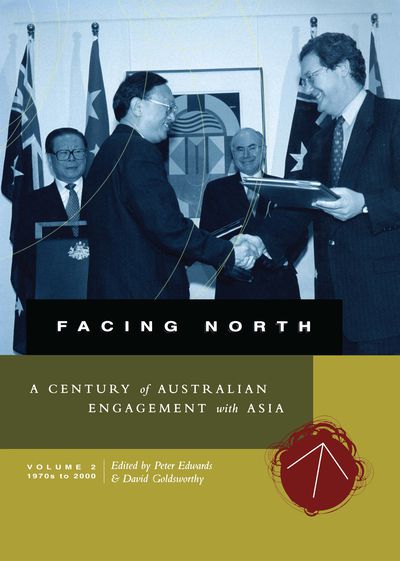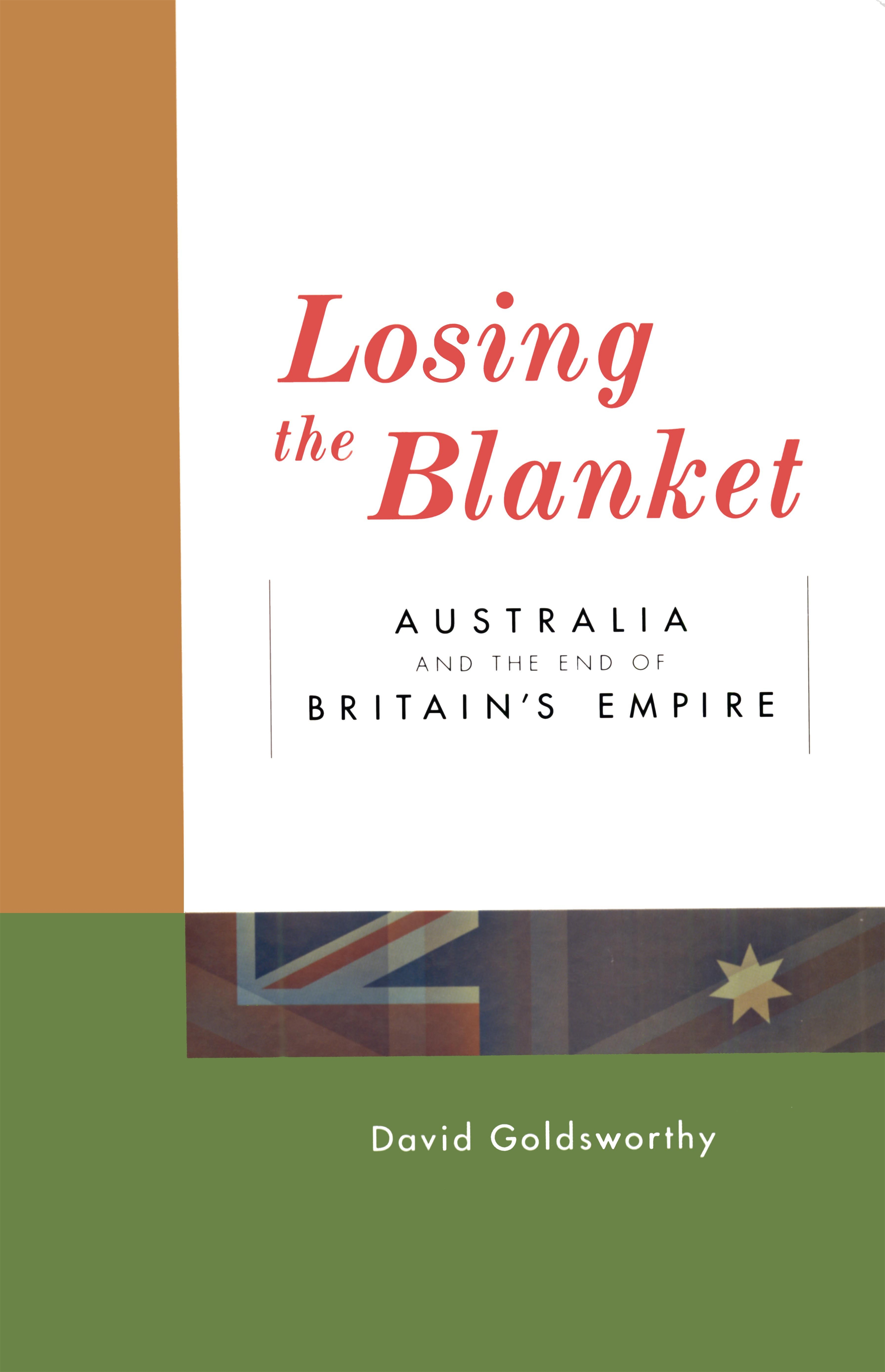
- Free Article: No
- Contents Category: Australian History
- Review Article: Yes
- Article Title: Asian Challenges
- Online Only: No
- Custom Highlight Text:
From this post-September 11 vantage point, the great debate about which Australian political party could claim to have done more to develop the country’s relations with Asia already seems bathed in a gentle glow of nostalgia. Back in the late 1990s, when issues of Australia’s identity with Asia had greater salience than they now do, the Department of Foreign Affairs and Trade decided to commission, as its contribution to the celebration of the centenary of Federation, a history of Australia’s engagement with Asia. The initiative was designed, in part at least, to show that no one side of Australian politics could claim the Asia project as its own.
- Book 1 Title: Facing North
- Book 1 Subtitle: A Century of Australian Engagement with Asia, Volume 2, 1970s to 2000
- Book 1 Biblio: MUP, $59.95 hb, 492 pp
- Book 1 Cover Small (400 x 600):

- Book 1 Cover (800 x 1200):

- Book 2 Title: Losing the Blanket
- Book 2 Subtitle: Australia and the End of Britain’s Empire
- Book 2 Biblio: MUP, $34.95 pb, 224 pp
- Book 2 Cover Small (400 x 600):

- Book 2 Cover (800 x 1200):

The result was a two-volume work, Facing North: A Century of Australian Engagement with Asia. This second volume moves the story to the recent past: the years between the 1970s and 2000. It begins with three chapters that examine the way Australia dealt with regional economic cooperation, strategic engagement and human rights diplomacy. It then describes, largely chronologically, developments in Australia’s relations with a number of the major Asian powers and, in more detailed chapters, the particular policy challenges of Indochina and East Timor. Finally, it reverses the point of view, looking at Asia’s impact on Australia, with chapters on social and cultural engagement, immigration and multiculturalism.
The book concludes with an important chapter from Edwards placing Australia’s relations with the Asian region in the context of Australia’s relationship with the US. Still, if there is one straw man in the Australian foreign policy debate that I would personally like to incinerate, it is the claim that any influential Australian policy maker or official has ever held ‘the misleading assumption that Asia was largely homogenous’. In several decades of working with Australian officials and policy makers on Asia, I have never encountered any who did. And how could they, when at every point in the history of our foreign policy – from the Malayan Emergency, through Konfrontasi and the Vietnam War, to the EAEC and East Timor – Australian policy has been constantly grappling with regional heterogeneity?
The second volume of Facing North deals with contemporary and sometimes contentious events. Many of the policy makers are still active (Alexander Downer and John Howard beam out from the book’s cover), and the issues are still in play. This is official history in a couple of senses. It is largely about officials: that is, it approaches issues more from the perspective of DFAT (from whose files it draws much of its original material) than from the political leadership or non-government sources. Its researchers have had privileged access to DFAT files. Others will have to wait, in some cases decades, until the archives are available, in order to test parts of the story for themselves. The book is also heavily document-driven: no general attempt has been made to seek to illuminate its account with the personal recollections of the participants in the recent events it describes. Most importantly, it is also official history (it was commissioned by the government), and ‘broad guidance’ to the project was provided by an advisory committee chaired by the Secretary of DFAT, Dr Ashton Calvert.
On the face of it, this seems an unpromising recipe for a work of contemporary history, so it is a tribute to the contributors, and especially the editors, Peter Edwards and David Goldsworthy, that they have produced such a useful, well-structured and clearly written book. Their efforts to be even-handed, balanced and faithful to the source material are evident. The editors note delicately in the preface that they were ‘expected to play a larger part than would normally be the case in shaping the text of the various chapters’. This involvement shows, and the book is all the better for it.
Problems remain, however. The book is excessively polite in its judgement (to all sides) and is careful not to overstep a fine political line. For example, the final chapter reports that by 2000
the tone of public debate about Australia’s links with Asia was markedly more cautious than it had been, for example, about a decade earlier. Nevertheless the view of the government at the century’s end was that Australia enjoyed a strong and multifaceted relationship with Asia, and that further development of that relationship remained an abiding priority in foreign policy.
Well, yes. But that rather muffles an important and unfinished debate about which it would have been interesting to hear more.
It is in the long chapter on East Timor, the most detailed case study in the book, that the burden of the book’s function as official history bears down most heavily. The issue is so recent, and the politics so central to the Howard government’s view of its foreign policy legacy, that the whole chapter ends up having about it the strained, heavily worked-over feel of an official submission.
So Facing North is not the final word on the subject. Some of the colour and passion of the debate is missing. And more was going on in Australian foreign policy-making during these years than the DFAT files allow. The book offers little insight, for example, into the dynamics of cabinet discussion. But what is left is a valuable and professional beginning. The pleasure of reading it owes a great deal to the skill and experience of its editors, but its designer and production staff also deserve praise. It is beautifully produced.
David Goldsworthy has made another important contribution to Australian diplomatic history in Losing the Blanket: Australia and the End of Britain’s Empire. Goldsworthy’s broad theme here is the connection between the end of Britain’s empire in the 1950s and 1960s, the loosening of Anglo–Australian relations during the same period and the broader development of Australian external policy.
The period Goldsworthy is dealing with is more remote than that described in Facing North. But it is surprising how many of the issues Australian policy makers were then grappling with have a contemporary resonance. Canberra was again discussing ‘the issue of whether Australia should focus its postwar defence policy on the needs of imperial defence in the Middle East or concentrate rather on its own regional defence’. Immigration and security issues relating to Christmas Island were of concern. And Australian policy makers were debating whether to seek the transfer of administrative responsibility for the Solomon Islands from Britain.
This is not a particularly heroic story. Fear of losing markets, uncertainty about future security arrangements in Asia, nervousness about challenges to the White Australia Policy and mixed feelings of abandonment and resentment dominated Australian policy responses to British decolonisation. In the face of Britain’s entry into Europe and its military withdrawal east of Suez, the sense of British ‘race patriotism’, of which Robert Menzies was the last great proponent in Australian public life, was ebbing away. But those very developments, as Goldsworthy notes, were also preparing Australian diplomacy for its next set of tasks, inducting it into ‘the hard world of post-colonial international politics in its immediate neighbourhood’. Goldsworthy provides an original take on an important subject.
In both these books, Australian diplomatic history throws light on the contemporary challenges facing Australian foreign policy.


Comments powered by CComment